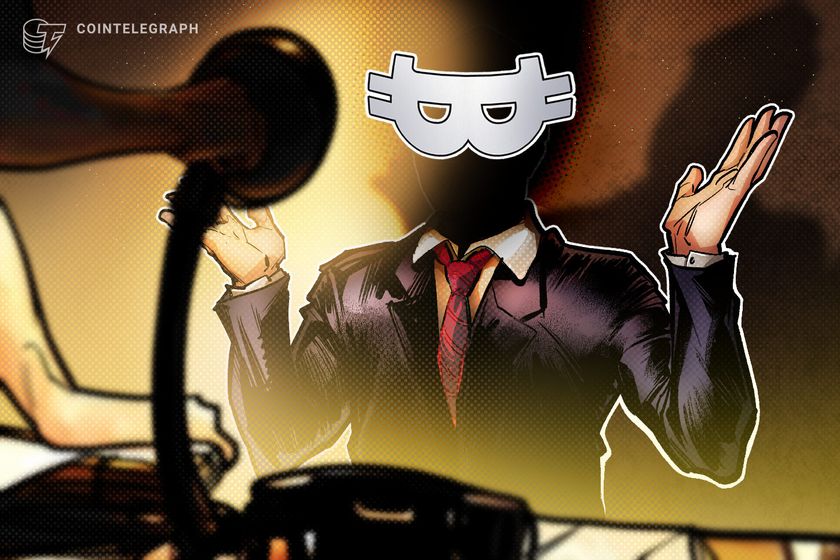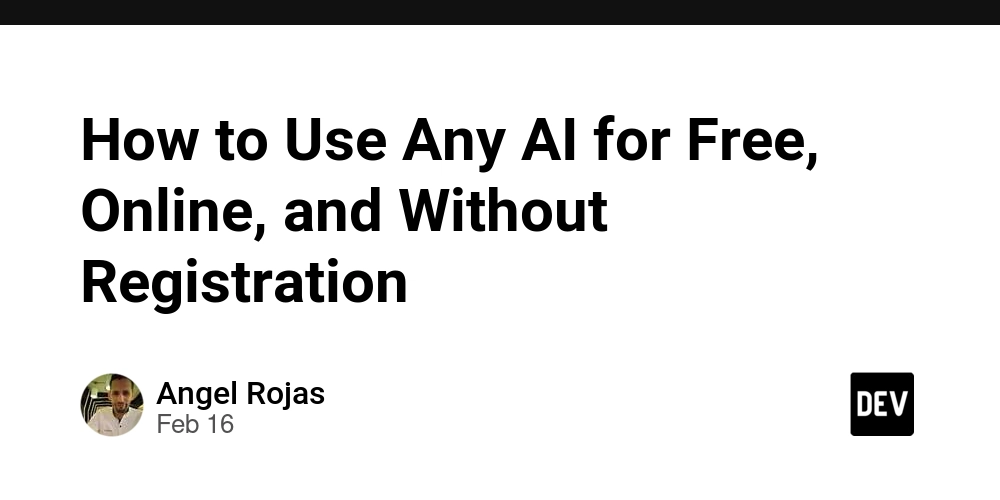Managing Payments and Orders in E-commerce: Avoiding Double Debits
In the fast-paced world of e-commerce, payment processing is a critical component that directly impacts both customer satisfaction and business profitability. One of the most frustrating issues for customers—and potentially costly problems for businesses—is the double debit: when a customer is charged twice for a single purchase. This article explores the causes of double debits in e-commerce systems and presents practical strategies to prevent them. Understanding the Double Debit Problem Double debits typically occur due to system design flaws, network issues, or improper handling of payment callbacks. When a customer completes a purchase, multiple events must be synchronized: The payment gateway must process the transaction The e-commerce platform must record the order The inventory must be updated Confirmation must be sent to the customer If these processes aren't properly coordinated, issues like double debits can arise, especially when: The customer clicks the "Pay" button multiple times Network timeouts occur during payment processing Payment gateway callbacks are handled incorrectly Race conditions exist in the order processing workflow Key Strategies to Prevent Double Debits Implement Idempotent Operations Idempotency is a property where an operation can be applied multiple times without changing the result beyond the initial application. In payment processing, this means: Generate a unique idempotency key for each payment attempt Send this key with each payment request to your payment processor Configure your system to recognize and reject duplicate payment attempts // Example of generating an idempotency key public string GenerateIdempotencyKey(int orderId, int customerId) { return $"{orderId}-{customerId}-{DateTime.UtcNow.Ticks}"; } Use Transaction IDs Effectively Every transaction should have a unique identifier that follows it throughout the entire payment flow: Generate the transaction ID at the beginning of the checkout process Include this ID in all payment gateway communications Use the ID to track the transaction status in your database Verify the ID when processing callbacks from payment gateways Implement Proper Database Design Your database schema should support clean transaction tracking: Create an Orders table with a clear state machine (e.g., "pending," "processing," "completed") Establish a separate Payments table that links to orders with a one-to-many relationship Include transaction status fields that track each step of the payment process Use database constraints to enforce business rules Utilize Distributed Locks For high-volume systems, distributed locks can prevent concurrent processing of the same order: public async Task ProcessOrderPayment(int orderId) { using (var lockResult = await _distributedLock.AcquireLockAsync($"order-payment-{orderId}", TimeSpan.FromMinutes(5))) { if (lockResult.IsAcquired) { // Proceed with payment processing // Only one instance of this code can run for a specific order } else { // Lock not acquired, payment is already being processed _logger.LogWarning($"Order {orderId} is already being processed"); } } } Implement a Finite State Machine for Orders Design your order processing system as a finite state machine where: Each order can only be in one state at a time Transitions between states follow strict rules Each state transition is atomic and persisted Payment processing triggers specific state transitions For example: Created → PaymentInitiated → PaymentProcessing → PaymentCompleted → Fulfilled_ Design Proper Callback Handling Payment gateways typically send callbacks (webhooks) to notify your system about payment statuses: Verify the authenticity of each callback Process callbacks idempotently (handle duplicates gracefully) Update the order status only if the transition is valid Implement proper error handling and retry mechanisms public async Task HandlePaymentCallback(PaymentCallback callback) { // Verify callback signature if (!_paymentService.VerifyCallbackSignature(callback)) { _logger.LogWarning("Invalid callback signature received"); return; } // Find the order var order = await _orderRepository.GetByTransactionIdAsync(callback.TransactionId); if (order == null) { _logger.LogWarning($"Order not found for transaction {callback.TransactionId}"); return; } // Check if this callback has already been processed if (_callbackRepository.HasBeenProcessed(callback.CallbackId)) { _logger.LogInformation($"Callback {callback.CallbackId} already processed"); return; } // Process based on payment status switch (callback.Status) { case "success": await _orderService.CompletePaymentAsync(order.Id); break; case "failed": await _orderSer
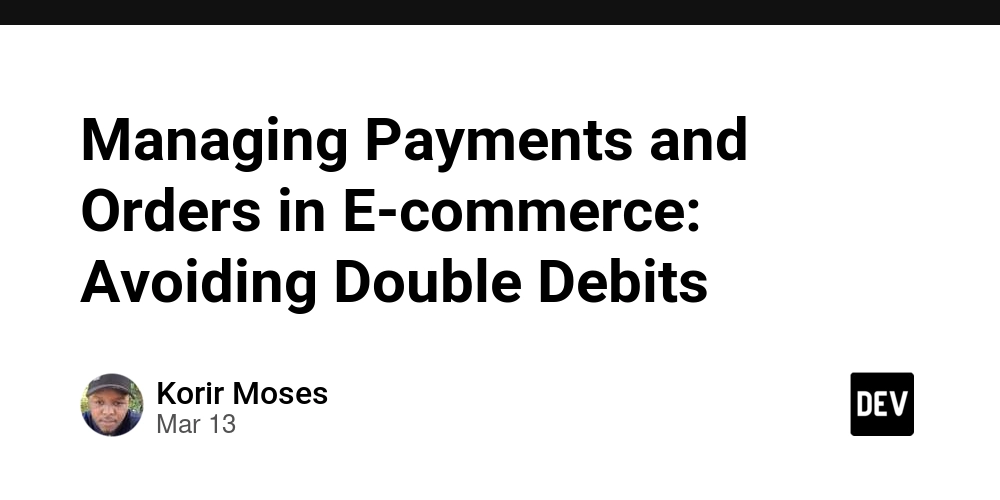
In the fast-paced world of e-commerce, payment processing is a critical component that directly impacts both customer satisfaction and business profitability. One of the most frustrating issues for customers—and potentially costly problems for businesses—is the double debit: when a customer is charged twice for a single purchase. This article explores the causes of double debits in e-commerce systems and presents practical strategies to prevent them.
Understanding the Double Debit Problem
Double debits typically occur due to system design flaws, network issues, or improper handling of payment callbacks. When a customer completes a purchase, multiple events must be synchronized:
The payment gateway must process the transaction
The e-commerce platform must record the order
The inventory must be updated
Confirmation must be sent to the customer
If these processes aren't properly coordinated, issues like double debits can arise, especially when:
The customer clicks the "Pay" button multiple times
Network timeouts occur during payment processing
Payment gateway callbacks are handled incorrectly
Race conditions exist in the order processing workflow
Key Strategies to Prevent Double Debits
- Implement Idempotent Operations Idempotency is a property where an operation can be applied multiple times without changing the result beyond the initial application. In payment processing, this means:
Generate a unique idempotency key for each payment attempt
Send this key with each payment request to your payment processor
Configure your system to recognize and reject duplicate payment attempts
// Example of generating an idempotency key
public string GenerateIdempotencyKey(int orderId, int customerId)
{
return $"{orderId}-{customerId}-{DateTime.UtcNow.Ticks}";
}
- Use Transaction IDs Effectively Every transaction should have a unique identifier that follows it throughout the entire payment flow:
Generate the transaction ID at the beginning of the checkout process
Include this ID in all payment gateway communications
Use the ID to track the transaction status in your database
Verify the ID when processing callbacks from payment gateways
- Implement Proper Database Design Your database schema should support clean transaction tracking:
Create an Orders table with a clear state machine (e.g., "pending," "processing," "completed")
Establish a separate Payments table that links to orders with a one-to-many relationship
Include transaction status fields that track each step of the payment process
Use database constraints to enforce business rules
- Utilize Distributed Locks For high-volume systems, distributed locks can prevent concurrent processing of the same order:
public async Task ProcessOrderPayment(int orderId)
{
using (var lockResult = await _distributedLock.AcquireLockAsync($"order-payment-{orderId}", TimeSpan.FromMinutes(5)))
{
if (lockResult.IsAcquired)
{
// Proceed with payment processing
// Only one instance of this code can run for a specific order
}
else
{
// Lock not acquired, payment is already being processed
_logger.LogWarning($"Order {orderId} is already being processed");
}
}
}
- Implement a Finite State Machine for Orders Design your order processing system as a finite state machine where:
Each order can only be in one state at a time
Transitions between states follow strict rules
Each state transition is atomic and persisted
Payment processing triggers specific state transitions
For example:
Created → PaymentInitiated → PaymentProcessing → PaymentCompleted → Fulfilled_
- Design Proper Callback Handling Payment gateways typically send callbacks (webhooks) to notify your system about payment statuses:
Verify the authenticity of each callback
Process callbacks idempotently (handle duplicates gracefully)
Update the order status only if the transition is valid
Implement proper error handling and retry mechanisms
public async Task HandlePaymentCallback(PaymentCallback callback)
{
// Verify callback signature
if (!_paymentService.VerifyCallbackSignature(callback))
{
_logger.LogWarning("Invalid callback signature received");
return;
}
// Find the order
var order = await _orderRepository.GetByTransactionIdAsync(callback.TransactionId);
if (order == null)
{
_logger.LogWarning($"Order not found for transaction {callback.TransactionId}");
return;
}
// Check if this callback has already been processed
if (_callbackRepository.HasBeenProcessed(callback.CallbackId))
{
_logger.LogInformation($"Callback {callback.CallbackId} already processed");
return;
}
// Process based on payment status
switch (callback.Status)
{
case "success":
await _orderService.CompletePaymentAsync(order.Id);
break;
case "failed":
await _orderService.MarkPaymentFailedAsync(order.Id);
break;
// Handle other statuses
}
// Mark callback as processed
await _callbackRepository.MarkAsProcessedAsync(callback.CallbackId);
}
- Implement Client-Side Protection Prevent multiple submissions from the customer's browser:
Disable the payment button after the first click
Show a "Processing" indicator during payment
Implement clear error messaging if there are issues
Use JavaScript to prevent form resubmission
document.getElementById('paymentForm').addEventListener('submit', function(e) {
// Disable the submit button
document.getElementById('submitButton').disabled = true;
// Show processing indicator
document.getElementById('processingIndicator').style.display = 'block';
// Continue with form submission
});
Testing Your Payment System
Regular testing is crucial for maintaining a robust payment system:
Unit Tests: Test individual components of your payment processing system
Integration Tests: Test the interaction between your system and payment gateways
Chaos Testing: Simulate network failures and timeouts to ensure proper recovery
Load Testing: Verify system behavior under high transaction volumes
End-to-End Tests: Simulate complete customer journeys
Conclusion
Preventing double debits in e-commerce requires a combination of careful system design, proper transaction handling, and robust error management. By implementing idempotent operations, effective database design, and proper state management, you can create a payment system that provides a seamless experience for customers while protecting your business from the financial and reputational damage of payment errors.
Remember that payment processing is not just about technical implementation—it's about building trust with your customers. A reliable payment system is a foundation for long-term e-commerce success.








































































































































































![[The AI Show Episode 142]: ChatGPT’s New Image Generator, Studio Ghibli Craze and Backlash, Gemini 2.5, OpenAI Academy, 4o Updates, Vibe Marketing & xAI Acquires X](https://www.marketingaiinstitute.com/hubfs/ep%20142%20cover.png)
































































































































![From drop-out to software architect with Jason Lengstorf [Podcast #167]](https://cdn.hashnode.com/res/hashnode/image/upload/v1743796461357/f3d19cd7-e6f5-4d7c-8bfc-eb974bc8da68.png?#)







































































































.png?#)






(1).jpg?width=1920&height=1920&fit=bounds&quality=80&format=jpg&auto=webp#)






























_NicoElNino_Alamy.png?#)
.webp?#)
.webp?#)

















































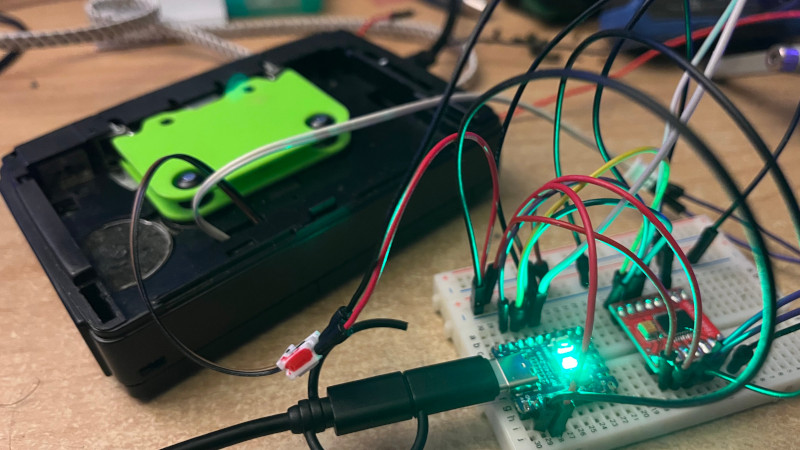
































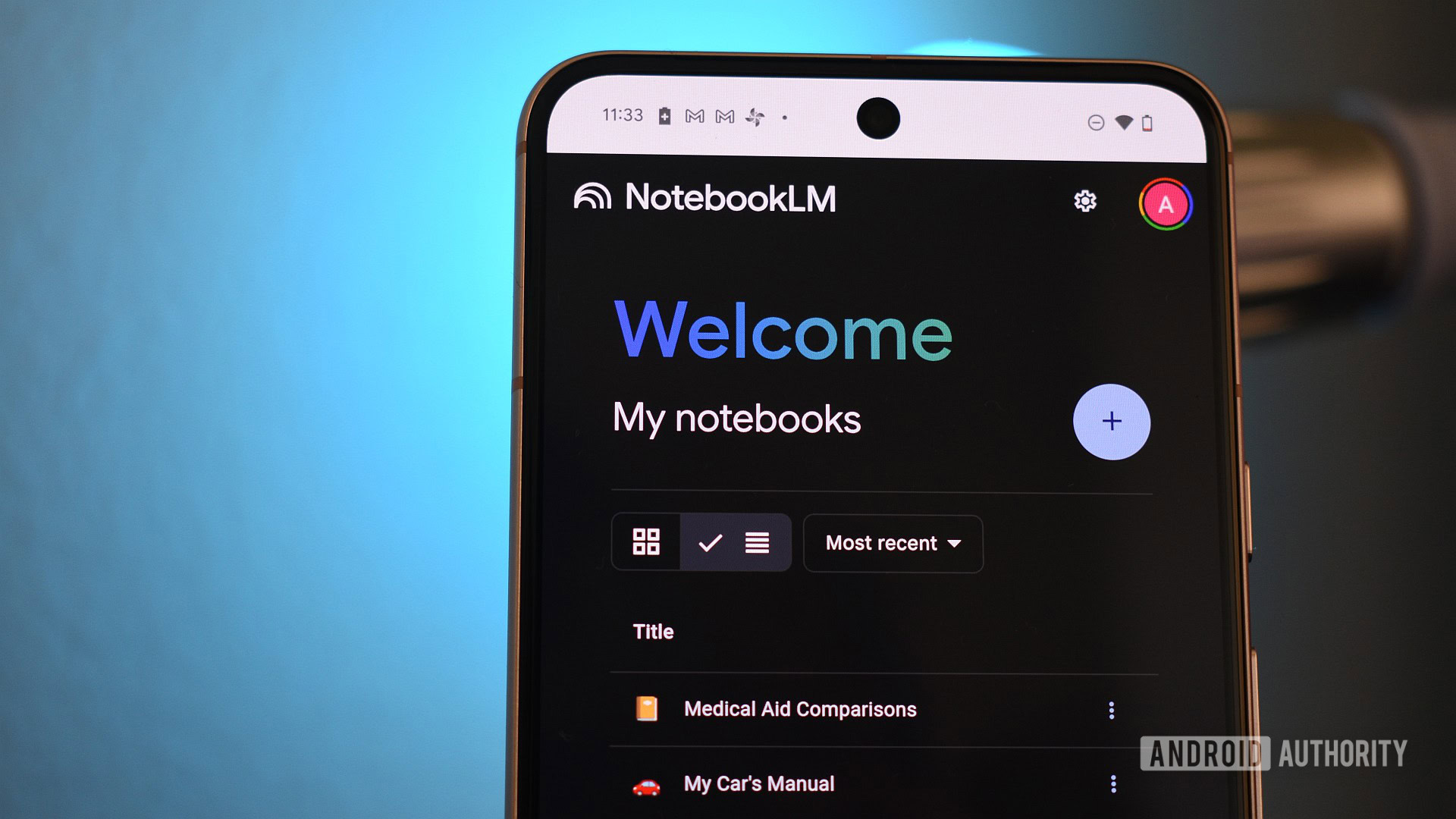
















![Apple to Source More iPhones From India to Offset China Tariff Costs [Report]](https://www.iclarified.com/images/news/96954/96954/96954-640.jpg)
![Blackmagic Design Unveils DaVinci Resolve 20 With Over 100 New Features and AI Tools [Video]](https://www.iclarified.com/images/news/96951/96951/96951-640.jpg)
































































































